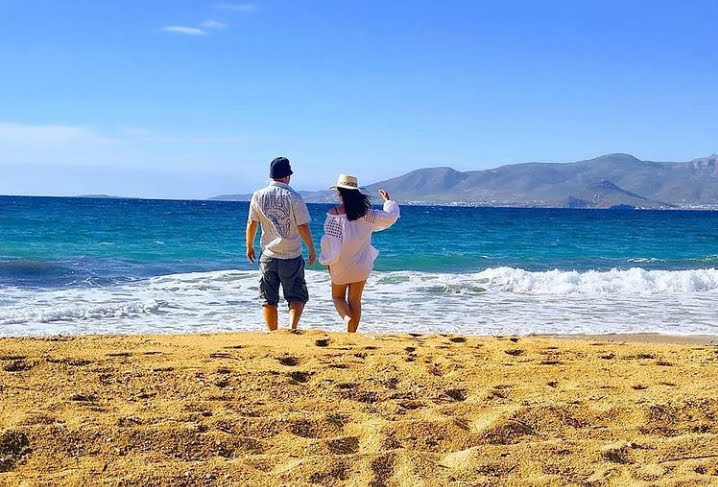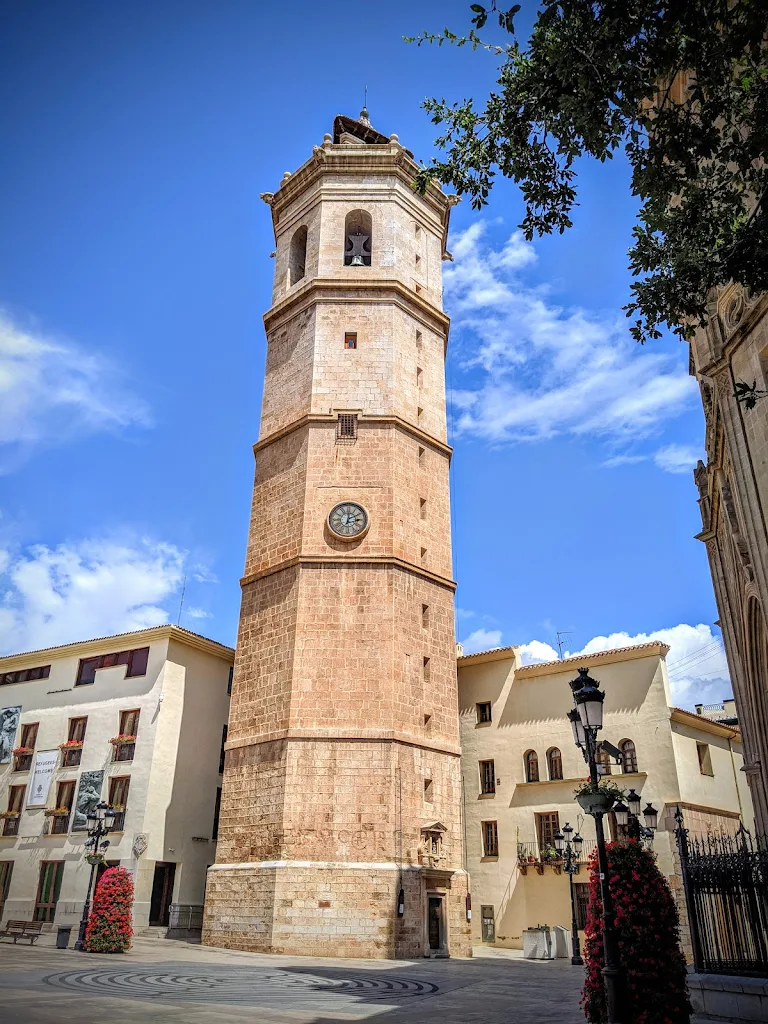Castellón / Castelló
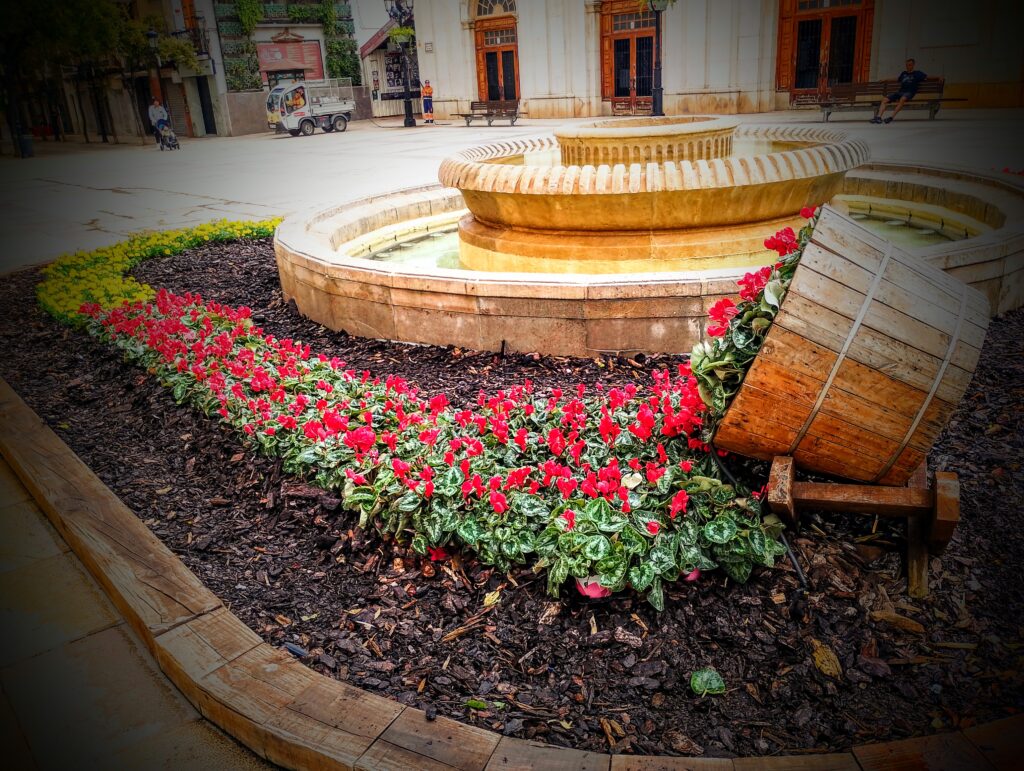

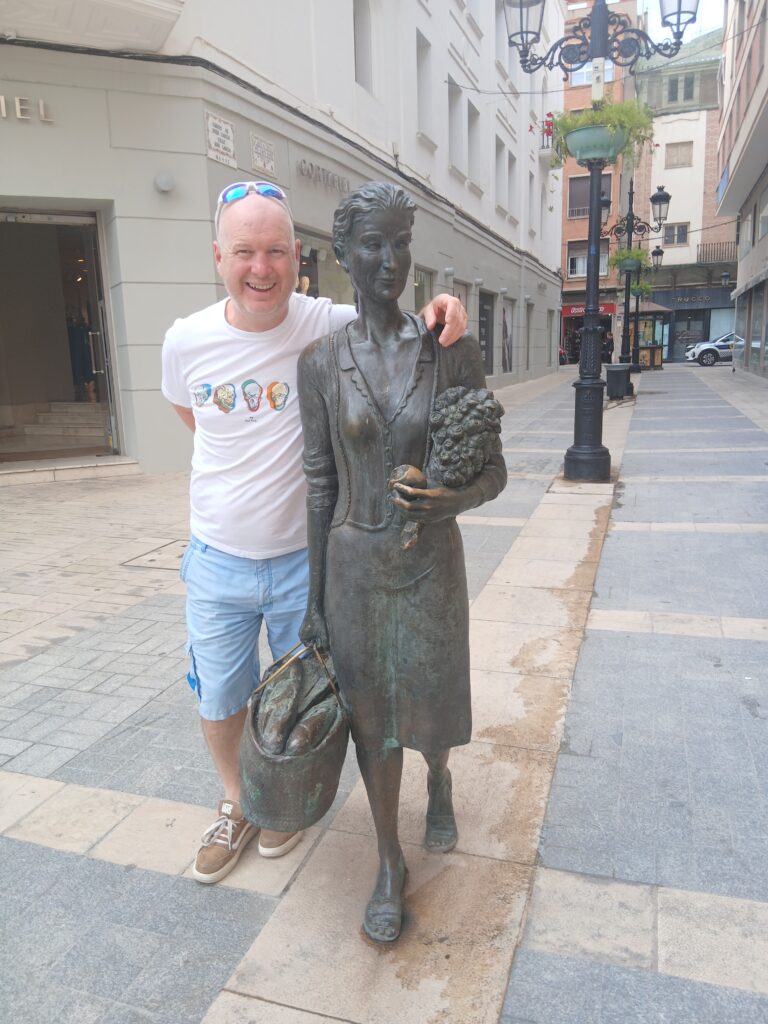
So let’s get started!
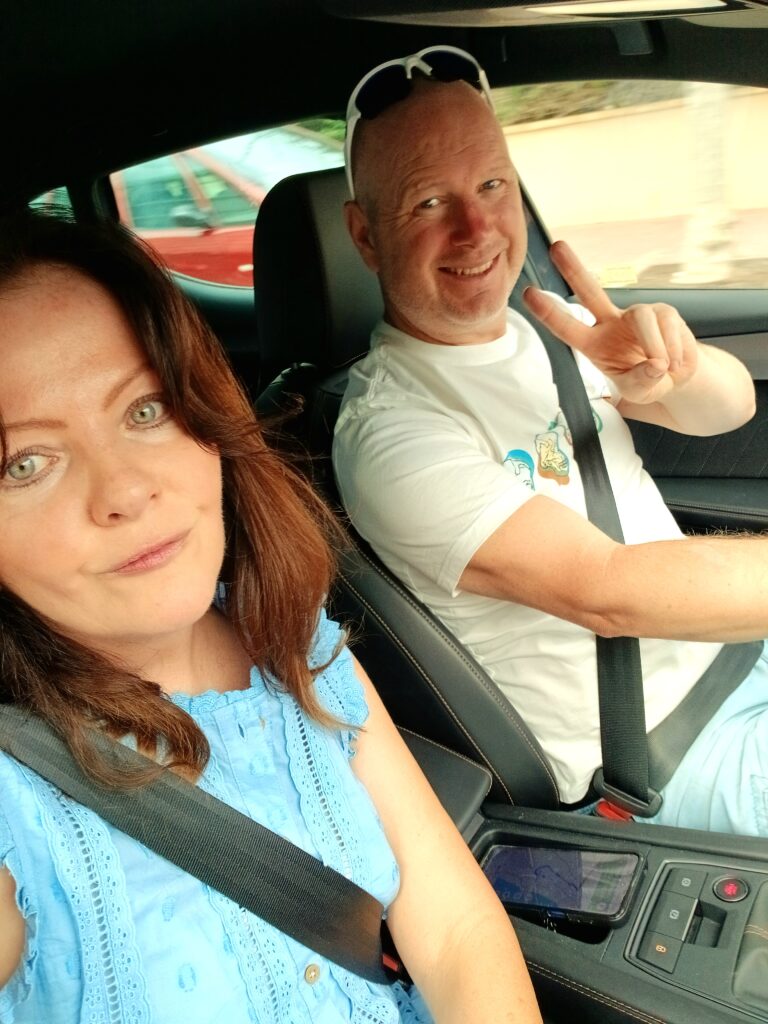
Castellón city
Castellón, locally known as Castello, is the main city of the region. It has a population of approximately 175,000 and boasts a football team, of the same name, that currently play in the Spanish 2nd tier. This gives them a great rivalry with their neighbours, Villarreal, who play in La liga’s top tier. Unfortunately, both were playing away, as well as both Valencia top teams, during our visit 😭.
The local area is famed for it’s ceramics and tile industry. Indeed, I (Knox) worked for the Porcelanosa company many years ago, who’s headquarters are in the region. Visiting the factory wasn’t the most exciting trip to Spain. This one is definitely more fun.
Sightseeing highlights
Islas Columbretes

Las Columbretes Natural Park of volcanic islands, which is also a Marine Reserve, is located about 30 miles from the city of Castellón or from Alcossebre, where we were based. (It’s also known as serpent island, because the ancient Greeks and Romans, who first documented them, found a large number of snakes inhabiting the islands.
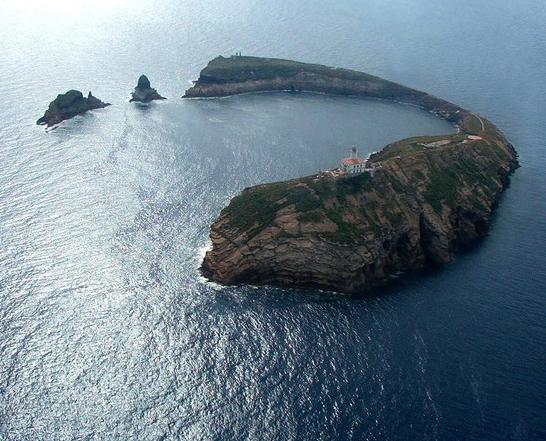
How to get to islas Columbretes?
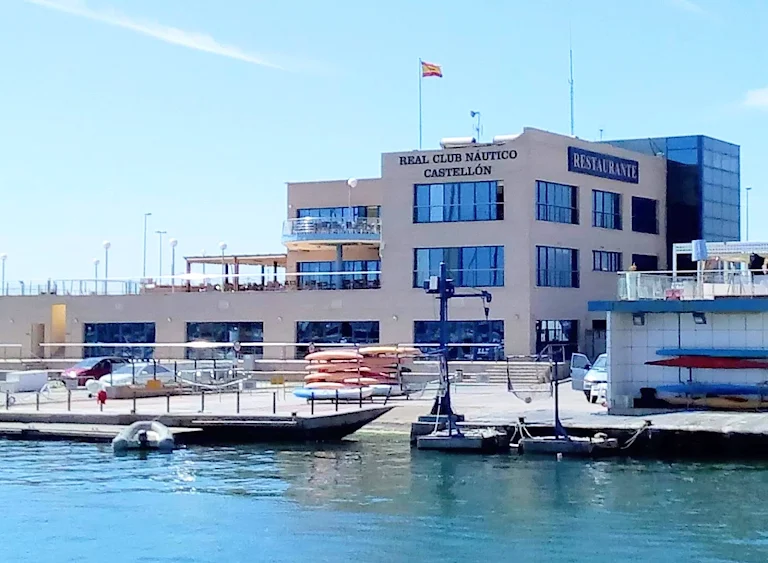
If you aren’t lucky enough to take your own boat, then you can go by an organised tour, which takes approximately 2/3 hours and costs approximately €60/80 depending on the company.
While departure points may vary, the Real Club Náutico de Castellón is a common location for these tours, or for scuba driving, which are the only authorized way to visit the protected natural park and marine reserve.
Playa El Gurugu

A length of 1 kilometre and an average width of 140 metres. It is located between the Camino de la Plana crossroads and the mouth of the Seco River.

Placa Major
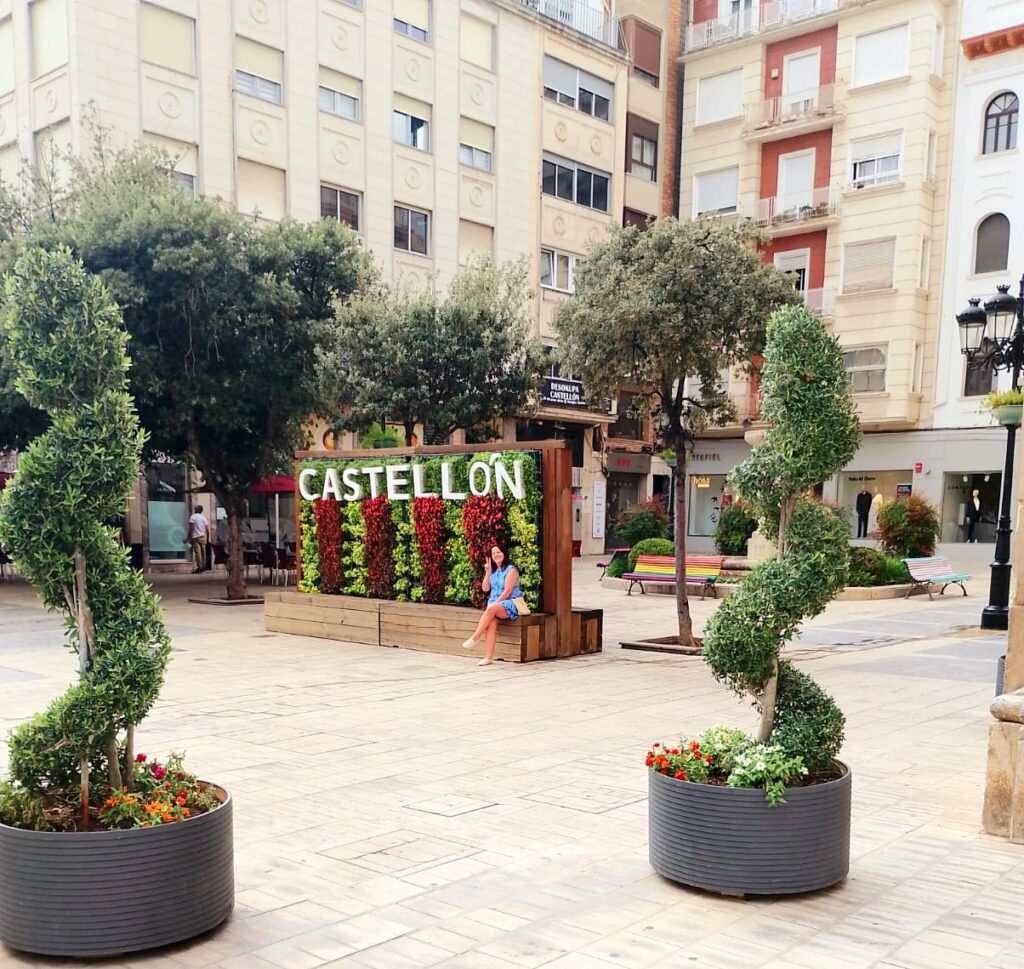
A square with a market on certain days.
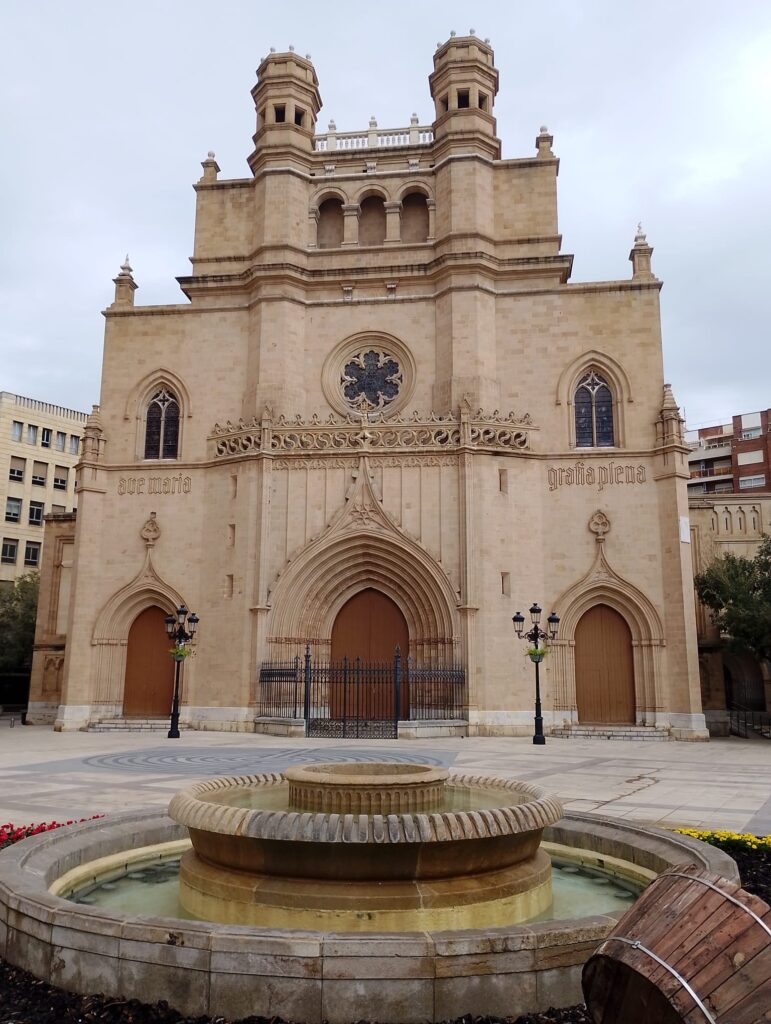
Unfortunately we missed it, so the square was quiet and unassuming on the Monday we visited. However, it is an important centre of Castellon and boasts the impressive gothic architecture of the Santa Maria cathedral and its tower.
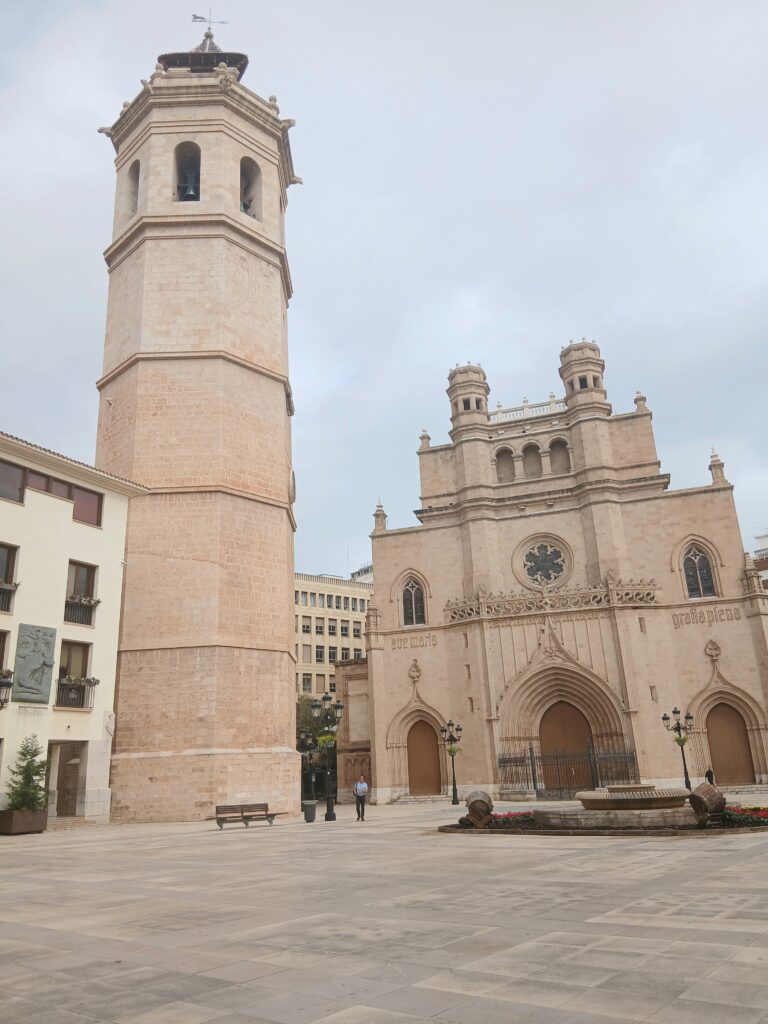
Across from this is the Ajuntament de Castelló de la plana, the city hall. Another impressive building from the 18th Century.
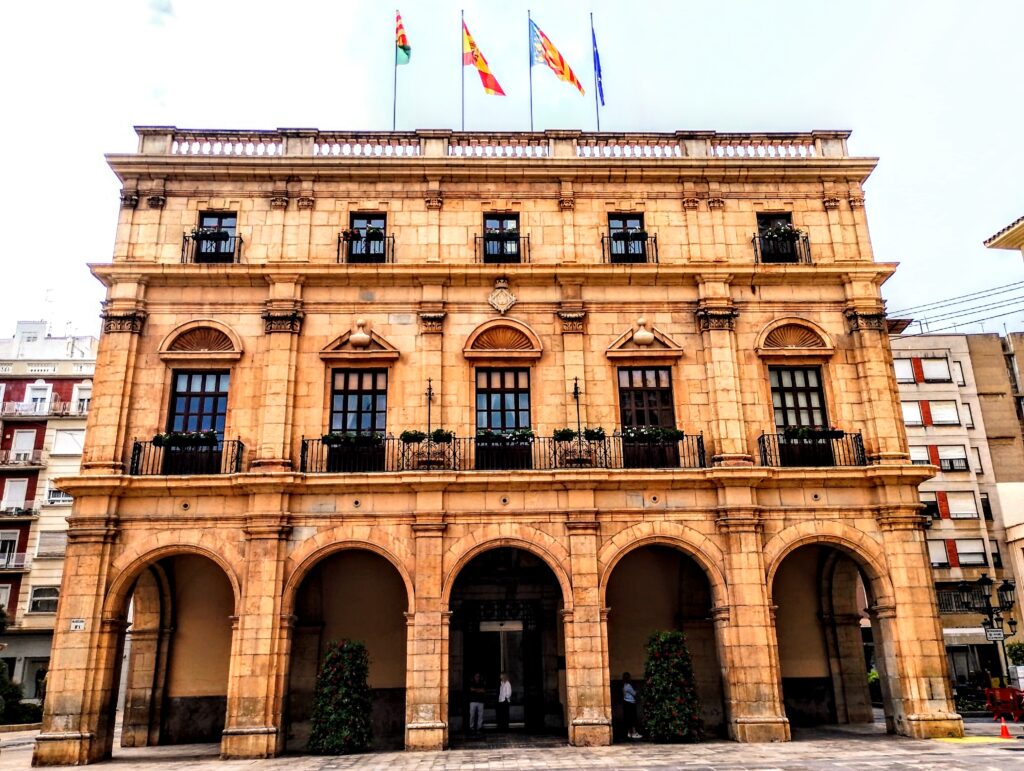
Ribalta Park
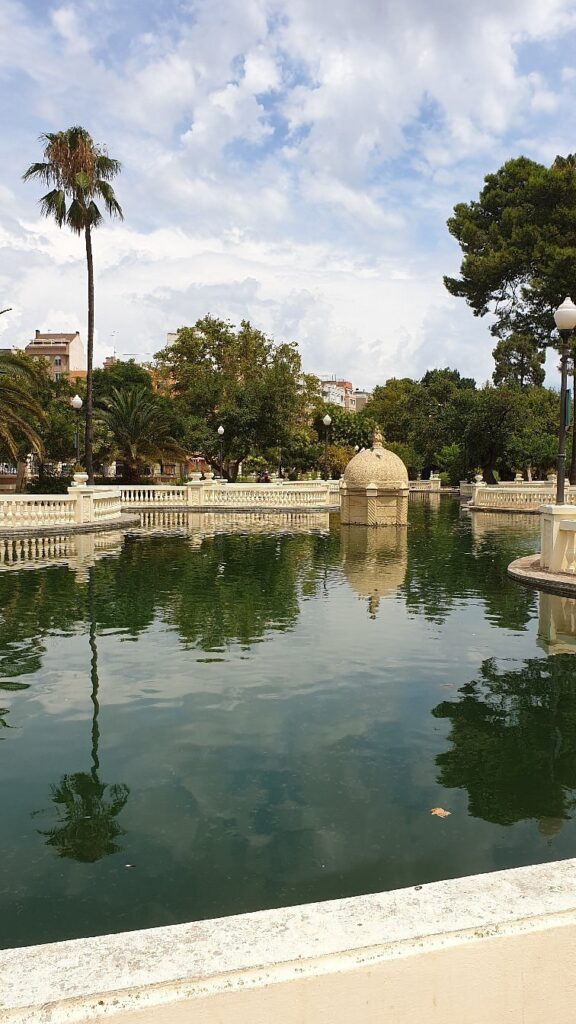
The city park offers respite from the hustle and bustle.
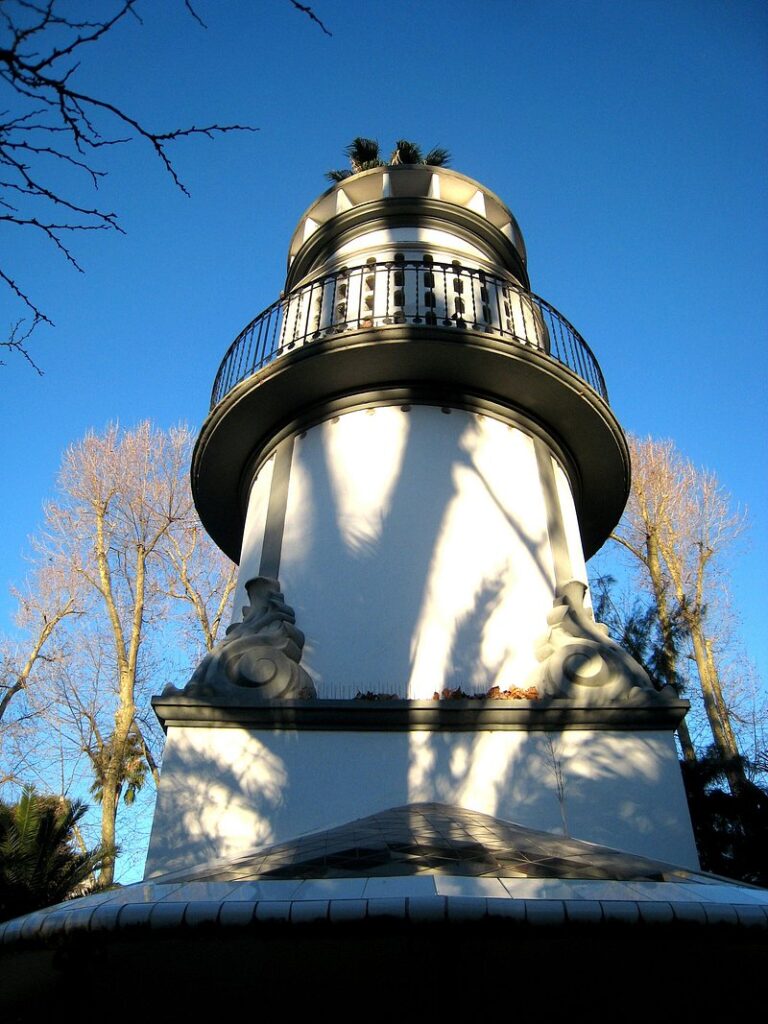
You will find a pond, various statues, such as a lion and lighthouse, as well as a pretty rose garden.
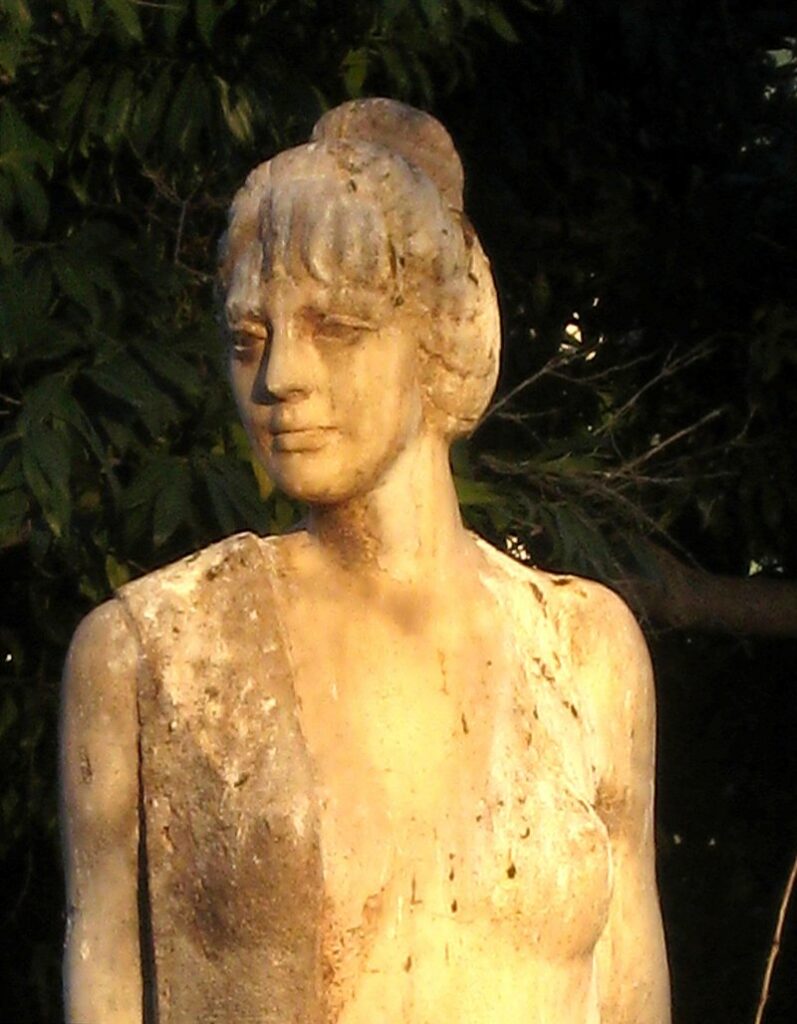
There is also a bandstand which musicians take to during different holidays.
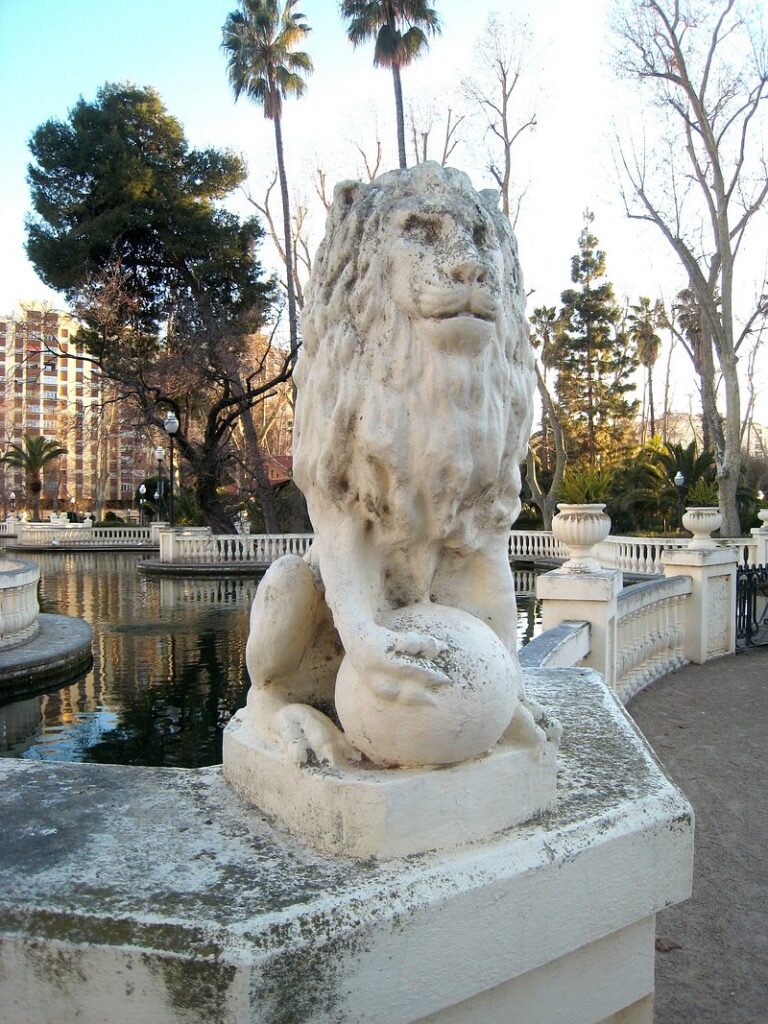
Real Casino Antic de Castelló
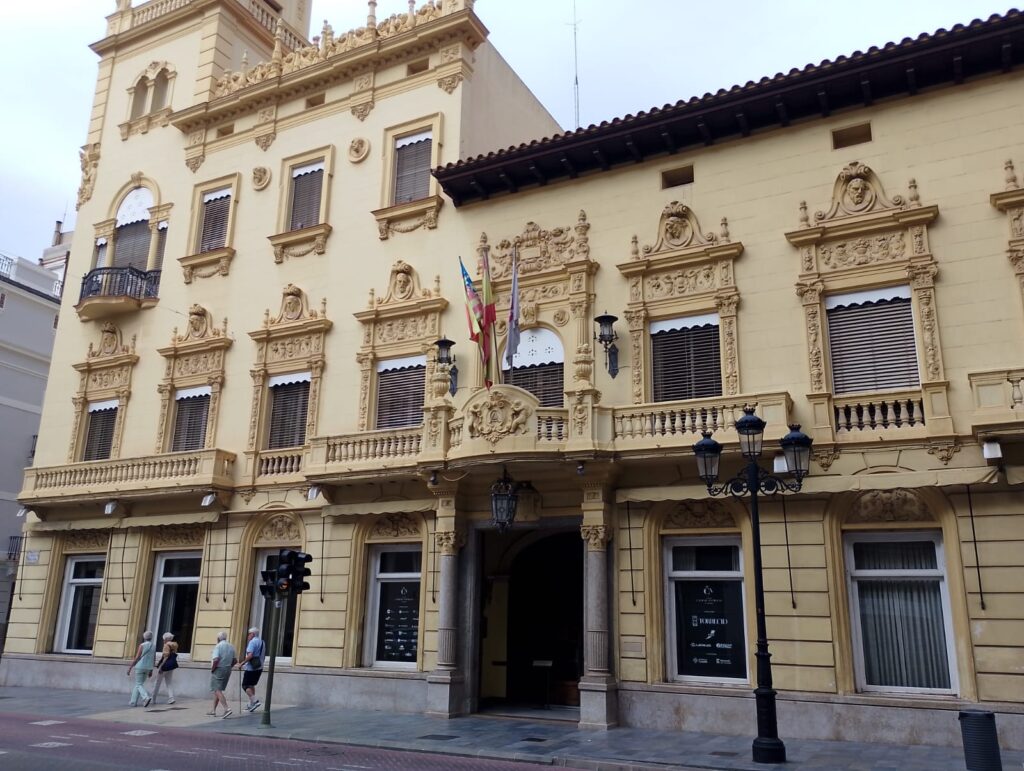
Once a casino, the building now operates a restaurant and terrace to the side of it open to the public.
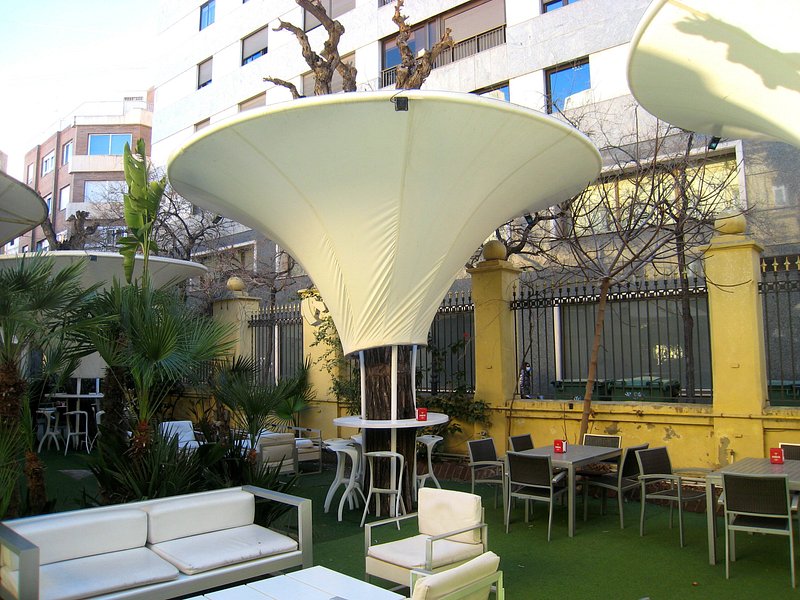
The Royal Casino is the oldest cultural casino in Spain. Founded in 1814, it occupies a three-story building in the heart of the city. Its interior houses one of the largest collections of paintings in Castellón, a library and reading rooms.
Refreshments
While we didn’t eat in Castelló, we did have a quick refreshment across the road from the old casino.
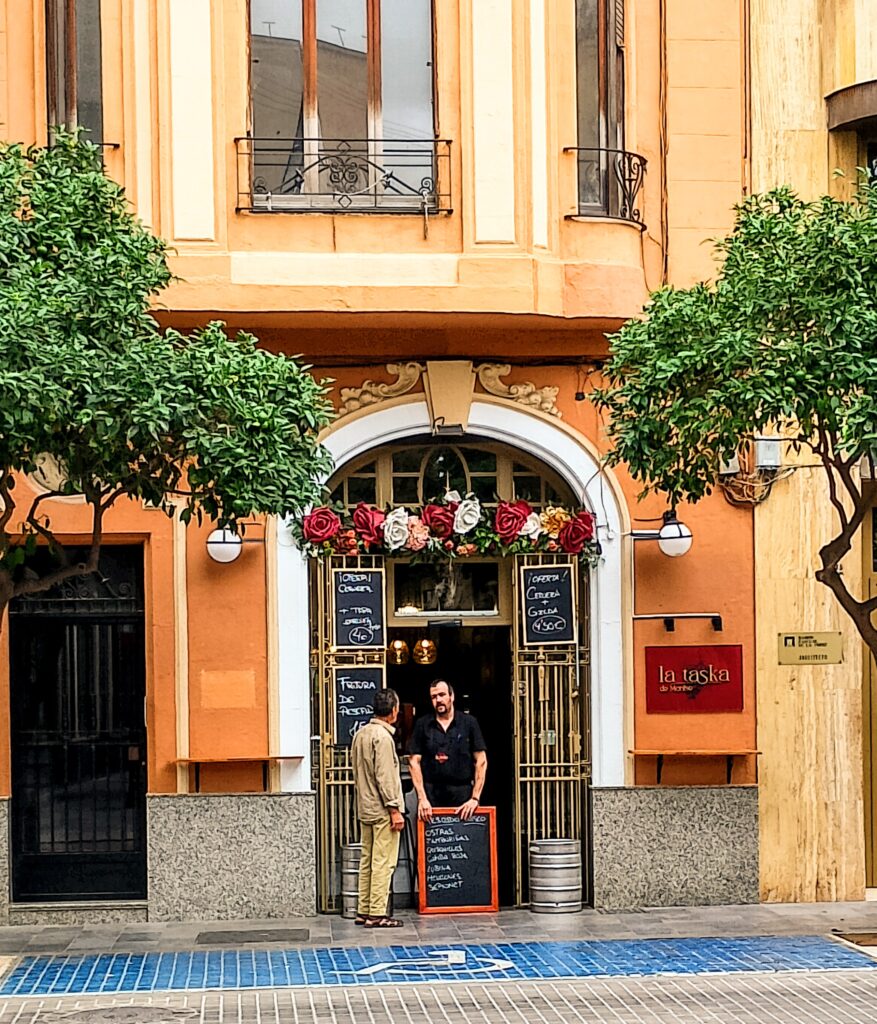
La Taska de Montse was a chilled place to enjoy a cuppa de Vino Blanco and some green olives.
Would we recommend Castellón?
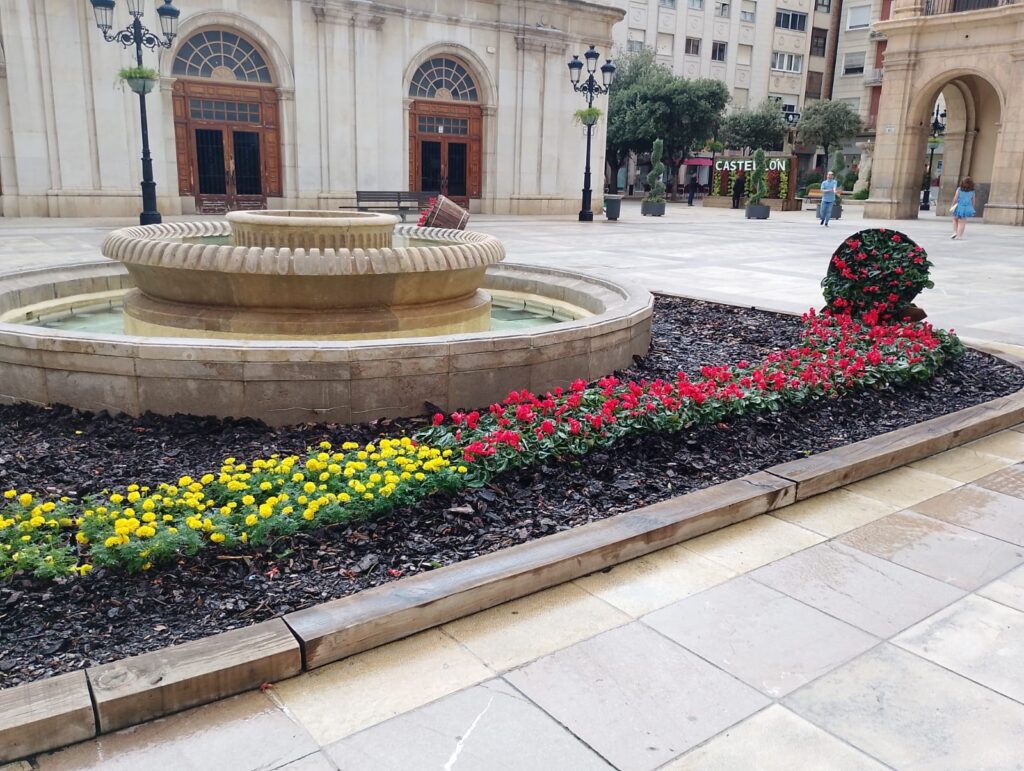
Absolutely! Even though we found it not as pleasing to the eye, than Peniscola, it’s worth a day trip visit!
If you liked reading, you maybe interested in:
Alcossebre
Peñiscola
Valencia
